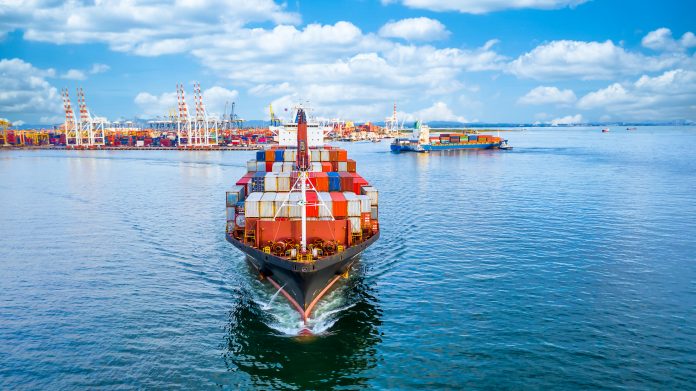Dumitru Fornea, Member of the European Economic and Social Committee, takes a look at sustainability, critical raw materials and batteries
The European Union, through the Paris Agreement, the European Green Deal and the Fit for 55 legislative package, has set ambitious and difficult-to-achieve targets for minimising the impact of human activities on the climate, and, specifically, reducing carbon emissions by 55% by 2030, and evolving towards a carbon-neutral economy by 2050.
Given the fact that energy and transport generate a large share of carbon emissions, technologically and ecologically viable solutions are being sought at European and global level to decarbonise these areas of activity. It is clear to everyone that energy and transport systems will have to be rethought both from the systemic perspective of infrastructure distribution and from the perspective of green technologies that will be used in the production and transmission of energy and in ensuring sustainable mobility.
Batteries and energy-storage systems play a key role in meeting the EU’s carbon reduction timetable. Back- up systems in the field of energy, and electromobility in transport, are already integrating much more sophisticated and efficient batteries than those available up to now.
State-of-the-art batteries demand critical raw materials
The EU has a strong and innovative industrial and technological base for the production of state-of-the- art batteries, but the main problem is that the new batteries incorporate advanced materials, which are generating a very high global demand for new raw materials – some of which are already classified by the Commission as critical raw materials.
To better understand the impact of critical raw materials on European industries at the forefront of the decarbonisation efforts, the European Commission regularly assesses the state of supply chains and the evolution of mining production capacity in the world and in the EU. An important tool in this regard is the List of Critical Raw Materials. In 2017, there were 26 elements on this list (among them, heavy and light rare earths, borate, gallium, germanium, platinum group metals, etc.); in 2022, another 4 elements were added (bauxite, lithium, titanium and strontium).
Raw Materials Supply Group
Furthermore, following a proposal from stakeholders, as well as from the European Parliament and the European Economic and Social Committee (EESC), to facilitate cooperation on raw materials, in 2015, the Commission set up the European Institute of Innovation and Technology – Raw Materials; in 2017, it founded the European Battery Alliance; and at the end of 2020, it contributed to the establishment of the European Raw Materials Alliance.
All of these associative structures form a cluster of competencies, focused on research and development, and innovation for the production of new advanced materials and industrial and mining equipment updated to the new requirements, as well as on fostering a better understanding of some of the commercial aspects that are essential in setting up secure and reliable supply chains of critical and strategic raw materials for the EU.
The circular economy, substitution materials and innovative eco-design can make a significant contribution to reducing dependence on non- European raw material sources, but it will not be possible to completely eliminate critical raw materials from the innovative technological equipment that is absolutely necessary to achieve the climate goals. This means that we will have to continue to strengthen the EU’s production capacity through geological exploration and the development of new mining perimeters, and at the same time, we will have to do much more to identify new sources of secure supply outside Europe as alternatives to global supply chains monopolised by some states or multinational companies.
In short, the solutions identified by the experts participating in the meetings organised by the Commission in the framework of the “Raw Materials Supply Group” would be the following:
- Setting up European geological exploration capacity, maintaining an active mining industry in the EU, as well as industrial capacity for superior processing of the chemical elements extracted from European soil, and at the same time, capitalising on the significant stock of mining and industrial waste available in some Member States;
- Concluding mutually beneficial partnerships in the field of critical raw materials, brought about through EU companies’ investments in the US, Canada, Australia, Latin America, Africa and Asian countries such as Vietnam and Myanmar. The Global Gateway and the EU’s trade agreements with these states should facilitate the process of diversifying global supply chains, reducing dependence on states that use the monopoly on raw materials to pursue political and strategic objectives contrary to the interests of the EU and its allies.
- Exploring the exciting possibilities offered by the extraction and processing of polymetallic nodules and other elements that can be exploited from the bottom of the seas and oceans, given the enormous areas under the control of European States (France, the UK, Denmark, Norway, the Netherlands) and like-minded partners.
The EESC has been and will remain a committed partner and supporter of the EP and Commission’s efforts to strengthen the security of supply of the raw materials essential for maintaining the competitiveness of European industries and the jobs of EU citizens.











